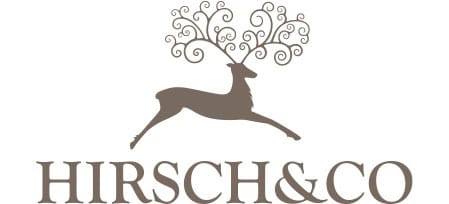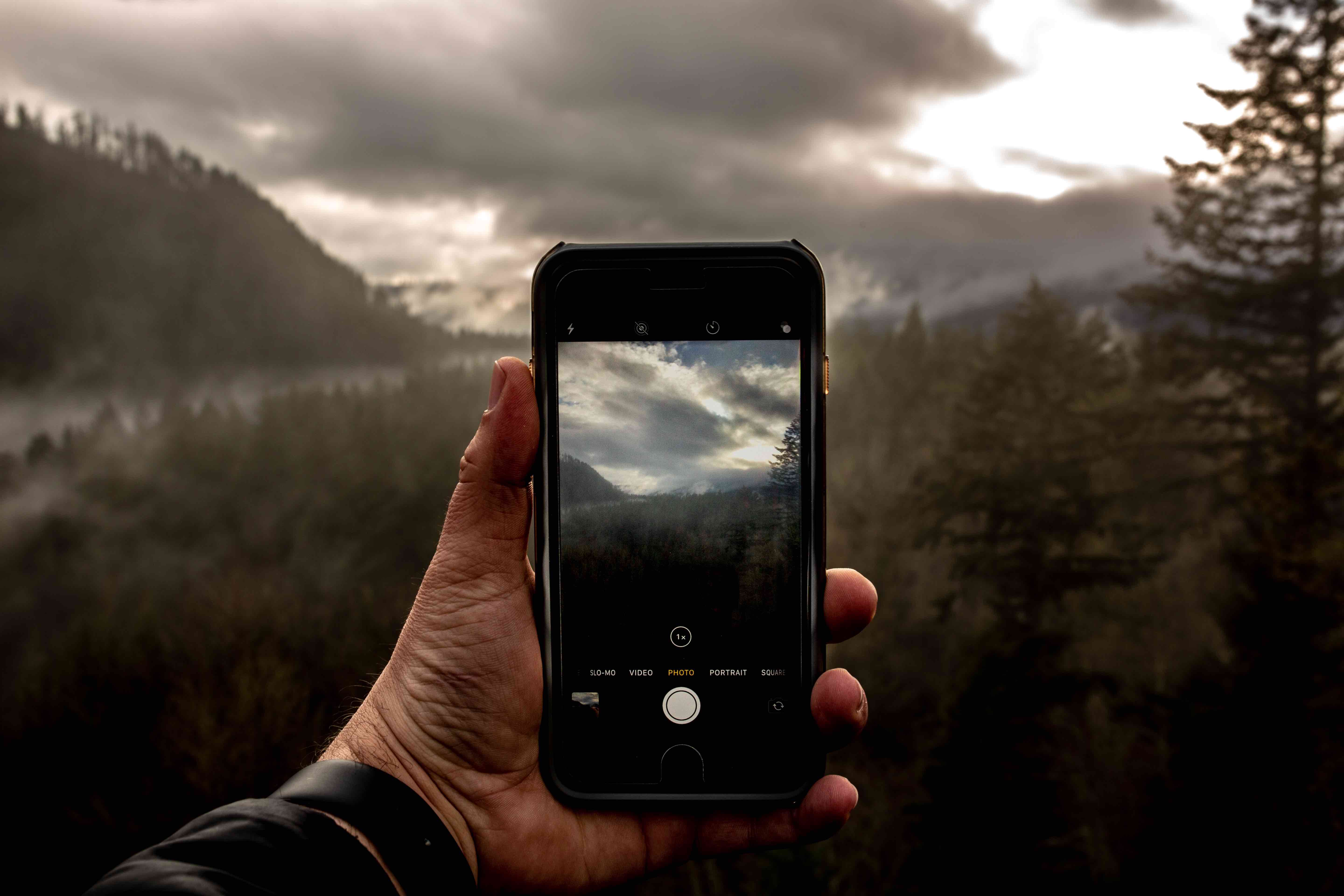Read time: 7 minutes
This article was written by Gerhard Damm, Editor-in-Chief of Conservation Frontlines and President of the Conservation Frontlines Foundation. It was published in Conservation Frontlines E-Magazine, January 1, 2020.
Hunters must present their case in all forms of social media — the tools are there, but long-term strategic commitment and the action of individual hunters is lacking. Here is how it could be done.
Gerhard Damm
All hunters, and especially hunting outfitters and broker/agents, should be aware of social media—and not only as a way to promote their businesses. All hunters who value ethical and sustainable hunting must become activists and ally themselves with conservation scientists who (if sometimes with reservations) recognize and defend hunting as a conservation tool. The pros and cons of hunting deserve a considered debate on social media to counter the relentless barrage of propaganda from rabid actvists who are constantly digging up imaginary (and sometimes real) anti-hunting dirt.
Scientists are trained to think critically, and a critical evaluation of hunting and hunter behavior, without bias, is an essential ingredient in the debate and part of the scientific process. In contrast, the populist, unscientific views expressed by some politicians and celebrities who oppose hunting—since they believe such opposition reflects the Zeitgeist—feed the social-media frenzy created by activists and their uncritical followers. These activists have conquered social media, unfortunately with the unwitting assistance of a small group of so-called hunters who apparently don’t care about or understand the consequences of their actions. In this connection, it is important to point out that animal-rights agendas are not conservation agendas. Conservation works at population, species and ecosystem levels; animal rights concern individual animals. And what might be good for an individual or a collection of individuals might not be good for the long-term survival of populations, species or biodiversity. It’s a sad fact that most decent, conservation-minded hunters avoid the social-media debates or stay within closed circles of like-minded people. Remaining in this comfort zone, not coming out in force, puts hunting at a gross disadvantage to the ever-vocal anti-hunting movement. Hunters must proactively support conservation science with their own down-to-earth, everyday hunting experiences, and they must demonstrate that sustainable wildlife management in a human-dominated world can be successful.
Hunters have a strong story to tell
Hunters need to document their conservation activities on social media, they need to show the individual steps of their own journeys into hunting and conservation. Indiscriminately shared grip-and-grin photos with dead animals have done major damage to the general view of hunting. Such a photo without a story is not only worthless, it’s counter-productive. There is so much more to hunting than a dead animal, and the full story must be told in order to make our case to the skeptical public. Individual hunters and hunting groups must publicize their sweat-and-toil conservation activities. Habitat re-naturalization, game counts, anti-poaching and community work, preservation of non-game species, field observations for scientific projects and the myriad other tasks connected with wildlife management are highly appropriate for social media, where they will certainly have a positive effect. Furthermore, hunters must make it clear that the conservation of natural biodiversity, not ecotourism, is the legal purpose of state-protected land. At the same time, we must constantly remind people that managed hunting protects far more land (and wildlife habitat) around the world than state protection can ever hope to, especially when sustainable economic development objectives are included. For example, in the USA, protected parks generate a lot of tourism-derived economic activity, but more often than not these parks still have to be subsidized with taxpayer dollars. In South Africa’s Madikwe Game Reserve, antelopes must regularly be restocked to provide prey for lions, and the burgeoning elephant population has drastically damaged and changed the landscape of trees and aloes. But lions and elephants are major draws for tourists, so they are supported in unsustainable ways. In both cases, the pure tourism model is not working, financially or ecologically, for wildlife and biodiversity. Let’s also point out that even the most benign forms of eco-tourism are consumptive in one way or another; non-consumptive nature use does not exist. The impact of human activity is one of the most important factors in comparing hunting and photo-tourism. Look, for example, at habituated ungulates and carnivores in parks with high tourist density in Africa and North America: The seemingly passive engagement of tourists induces changes in the animals—and often in the habitat—that demand more and more intrusive management.
What’s important is that any consumption of resources, wildlife or habitat, whether through ecotourism or hunting, must be properly managed to be sustainable. If hunters state their case on sustainability principles, they can create a growing community of true nature lovers, of people interested in furthering biodiversity conservation, locally and globally. And such a community will always look for more, and more detailed, information on hunting as a conservation tool.
We must act — now
Brand-building on social media does not require a lot of money, but it does require hunters—especially in North America and Europe—to invest their time and effort. Individual effort is urgently needed to build a hunting-friendly social-media presence. Creating content must become the daily task of each hunter who wants society to understand his or her motives and contribution to conservation. Action is what’s required—not constant complaints about hunter-bashing in the media. It may feel strange to a hunter to get out the smartphone and document his or her activities on Instagram or Facebook. But wouldn’t it be great for a hunting concession-holder in Africa or Alaska to publicize the complete story of a full year in the bush or backcountry? With all the seemingly small facets of conservation work, the observations of the secret ways of wildlife, photos of rare herbs or trees, the morning mists in a hidden clearing? Or, conversely, the devastating consequences of droughts and storms, hail and snow brought about by climate change, or the destruction of nature by unsustainable development or careless or illegal human action? Show the world your routine when you’re out in the field, capture statements from the people who live with wildlife, capture the reactions of visiting hunters and nature tourists. Demonstrate that the so-called trophy photo is not the end-all of a hunter’s life and purpose! Create links and hashtags to connect your story with other hunters and non-hunters, and then link them all to scientific research and knowledge.
Hunting outfitters and agents also have to contribute to this paradigm change. They need to go beyond boasting about record-book horns and antlers when building their own brands on social media. They need to tell the whole story of the hunt, from the trip preparations to camp life and the way they hunt. Get the viewer/reader to participate in the adventure of interacting with nature and with the people who live there. Let them be part of the long and tiring treks, the steep climbs up mountains in rain, snow or sunshine. Showcase what happens when weather or animals’ keen senses frustrate the hunter/client at the last moment, share the exhilaration of a successful stalk and a clean kill—or the deep remorse of wounding an animal, as sometimes happens. Responsible hunters will identify more strongly with nature- and adventure-focused outfitters and brokers who are not solely concerned with trophies. Non-hunters should come away with a better sense of the truth of hunting. The visibility of such a company profile will increase significantly and create new business, perhaps even beyond hunting.
Conservation Frontlines and Frontline Dispatches—along with other publications and websites from the hunting and conservation fields—provide ample material and food for thought. For example, consider Klaus Hackländer’s “Hunting and Science in Austria—a Symbiotic Relationship”, Gabriela Halas’ fascinating account of a mountain goat hunt in Southeast Alaska, Paul McCarney’s essay “The Value of Hunting Stories for Conservation” or Paolo Strampelli’s plea that not all is black & white in hunting; these and many more stories provide wonderful fodder for hunters on their way to becoming social-media posters and bloggers.
Build your community
Do this and you will soon see your social-channel following increase and your posts earn responses, and not only from hunters. More work for you, of course—you will have to stay respectfully engaged with your followers and provide thoughtful, perhaps researched answers to their questions. Successful social media influencers preach over and over the importance of presenting one’s own authentic view—in this case, of considerate hunting, animal welfare, and habitat and wildlife conservation. Ours is a complex story; make sure that you give a complete and honest account. Transparency, factual information and constructive dialogue—things that the hunting world has neglected for far too long— build trust. Then people who don’t hunt may start to understand why hunting is a passion and not a sport.
Social media is a huge opportunity and must be part of the toolkit for all hunters, professional and amateur alike. Social media must become part of the daily routine; it’s the only way to reach non-hunting nature lovers. Your community will want to know of your contribution to conservation and how you will expand and improve on it. Then your community will expand too. Hunters have some catching up to do here. Authenticity and transparency are cornerstones of trust—especially when something goes wrong. If you immediately mitigate the wrong with action, and don’t shy away from telling your community about it, your social-media presence will stand out. Constantly add value to your postings, in defeat as well as success, and make your community interested in your plans and projects. All this is possible without investing in advertising, online campaigns or paid influencers. Instead, your individual conservation-hunting brand will build upon its own growing reach. Be warned, however: This is a marathon, not a sprint. Building reach organically requires a solid foundation, patience and frequent nurturing. You message will not flash to hundreds of thousands of people within seconds, as with a TV or radio spot, but connections built up over time are that much stronger and more durable. Through patient and authentic work on social media, hunters can get closer to people who are uninformed about hunting, wildlife and conservation. Contribute facts and powerful visuals to the public debate, show that you understand the burning conservation and development issues and—this is important too—provide and obtain constant feedback.
Thank you, Gerhard Damm and Conservation Frontlines, for permission to reproduce this publication.
Beitragsfoto: Justin Cron auf unsplash


0 Kommentare zu “Social media for (not against) hunters”